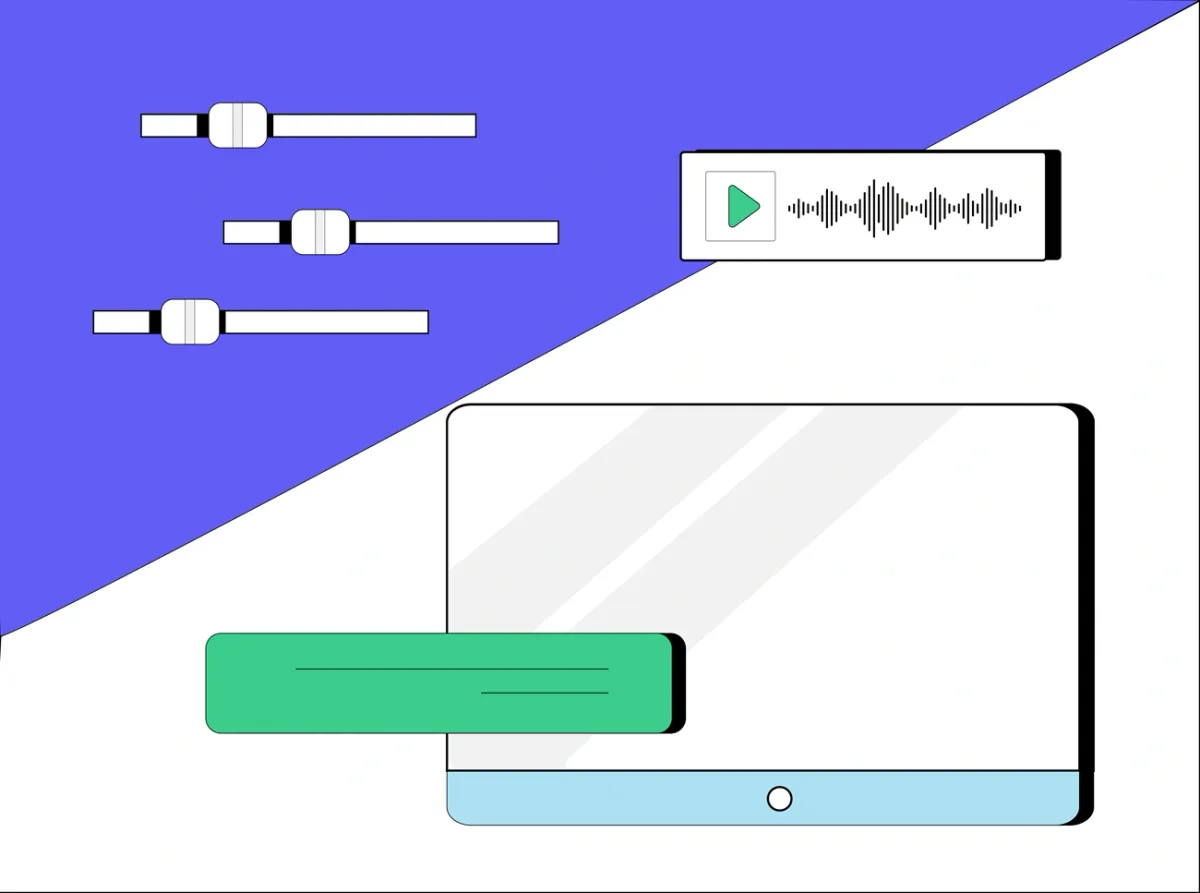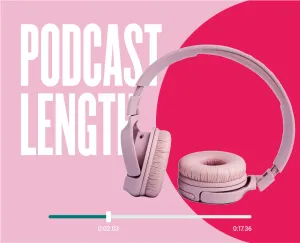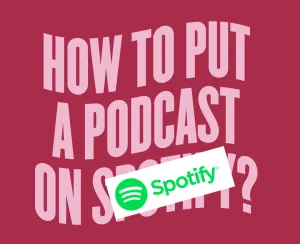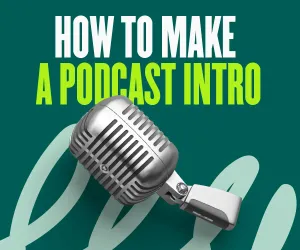The podcast soundboard is a media library you can use to incorporate sound effects, music, and more into your podcast during recording.
A podcast soundboard allows you to incorporate media into your podcast while recording, so you can significantly reduce the time spent on post-production and publish the podcast instantly. The use of a soundboard simplifies your workflow and saves you time. Stay in the loop! A soundboard and a mixer are not the same things.
The article explains what a soundboard is, how it works, and why it is necessary for podcasts.
What is a podcast soundboard?
Essentially, a podcast soundboard is a comprehensive media library (sound clips, music, videos, etc.). Some soundboards will have preloaded clips and sound effects ready for use, while others will allow you to upload your own. A podcast soundboard can be accessed online or on your computer. Online soundboards (free and paid) contain a diverse array of media. As an alternative, you can consider building your very own podcast soundboard by manually assembling or recording your desired audio. You can then produce your podcast as you record it by following this method. As with a radio broadcast or live broadcast, a soundboard enables you to record your podcast with sound effects, music, and other types of media. It is known as live producing or live mixing.
How does a soundboard work?
A podcast soundboard is similar to an iTunes library. No matter what the media type is, from sound effects, music, video, to transitions, they are all a fusion of various media types. You can access your media quickly through a soundboard. Typically, soundboards allow you to arrange media for convenient access.
With an online and integrated soundboard, like the media board, you can upload your media files, and then you're ready to go. Pick your media from the podcast soundboard and play it during the recording session at the appropriate time. If you're assembling your own, download the media files and save them to a local file on your laptop. Once you've connected your laptop to the mixer, you'll need to record it separately as audio input for your podcast.
The difference between a soundboard and a podcast mixer. What does a mixer do in a podcast?
It's common to hear the word soundboard used in conjunction with 'mixer,' 'mixing desk,' or 'mixing console.' While this is correct, they likely mean a physical piece of equipment called a mixer - in this article, we're talking about soundboard media libraries. But what's the big deal? A podcast soundboard that is not incorporated into recording software will require you to use a mixer to ensure that the audio from your soundboard is included in the recording. It is a somewhat tedious process.
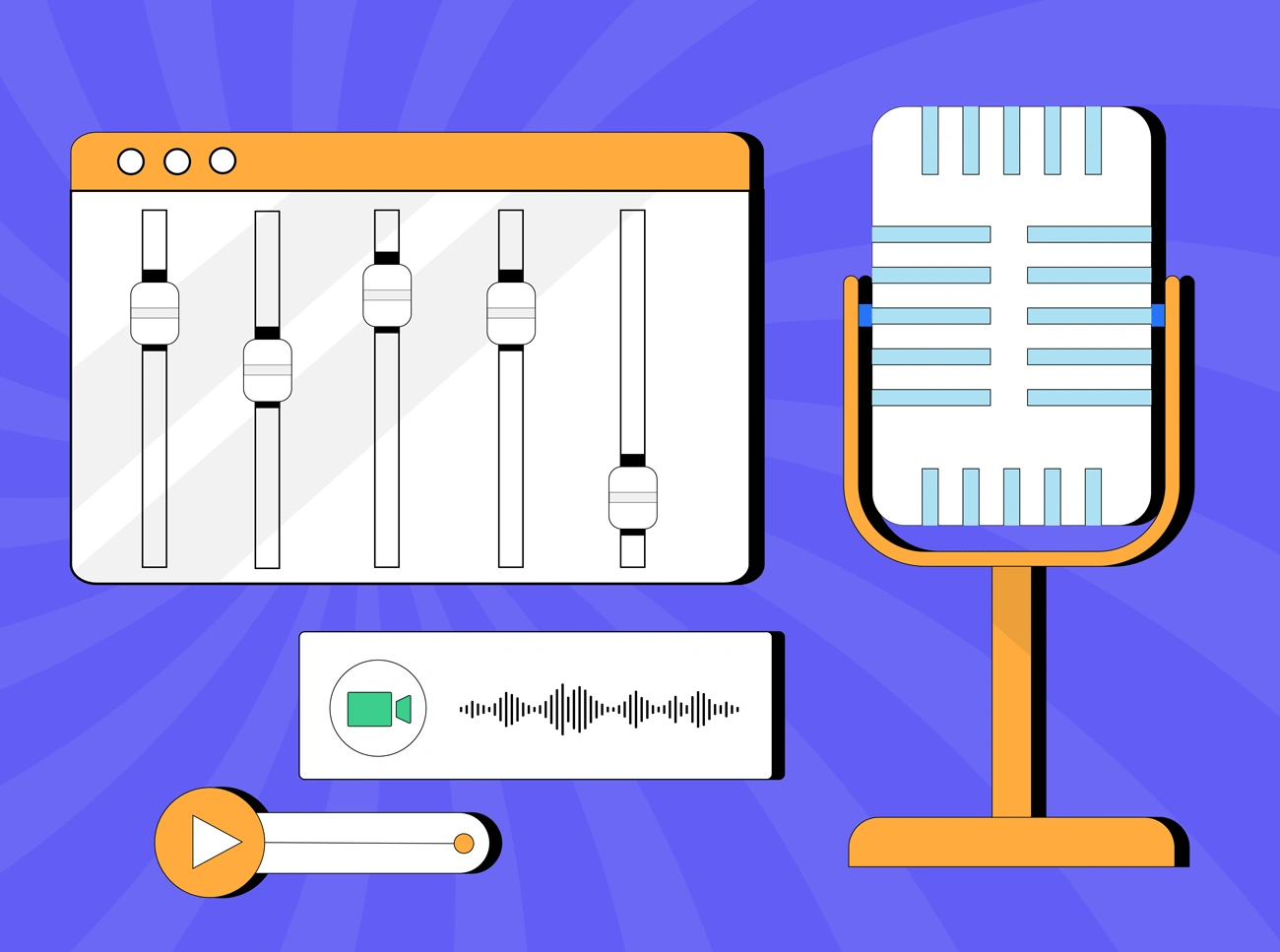
Mixers usually need a permanent studio set up and solid foundational knowledge. Therefore, you should opt for a podcast soundboard that's fully configured with the recording software, thus eliminating the hassle of setting it up before starting live recording. Consider a mixer as the heart of your podcast. Multiple audio inputs are combined into a single output by a mixer.
Plug your computer into the soundboard as an audio input.
Suppose your podcast soundboard is not integrated into your recording software. In that case, you will need to use a mixer during the recording session, regardless of whether you're using an online soundboard or a custom-made one.
Manage volume and output for each track on the soundboard.
The mixer allows you to adjust the volume of each separate input so that you, your guests, and any external sound effects are perfectly audible.
Does a soundboard require a mixer for podcasting? It depends on how your soundboard is configured. Therefore, if the podcast soundboard isn't automatically integrated into your recording software and you've compiled everything locally to your computer, you'll need a mixer to include media as a discrete track.
Why do you need a soundboard for your podcast?
Using a podcast soundboard, you can record your podcast while embedding media, so that you spend less time on post-production and can publish your podcast immediately.
Here are several reasons why you should have a soundboard for your podcast.
Streamlining your workflow and saving time.
Don't worry; you won't miss out on the creative process. With live mixing, you instantly save yourself time. In a sequential structure, you can insert your intro, transition, and outro using the podcast soundboard by eliminating the need for post-production.
Adding sound effects to your podcast provides a unique touch and personality.
You can instantly boost the production quality of your podcast by including sound effects, music, and other types of media.
Maintaining your listeners' interest.
Think about watching a film without the soundtrack. Not so fascinating, right? A podcast soundboard without sound effects would be the same. Music, transitions, and other media strengthen and amplify your content and emphasize what you say during the podcast.
Ensuring your live stream audience enjoys the entire experience.
Using a podcast soundboard for live mixing allows your live audience to interact with all the transitions, sound effects, and music you add to the podcast. No matter how much you enjoy editing, you cannot neglect the benefits of live mixing. Make sure you don't overlook the importance of producing and mixing sound effects, music, and more as you record a podcast.
By incorporating sound effects during your podcast recording, you can save time while amping up the production value instantly.
